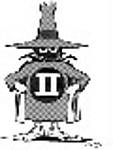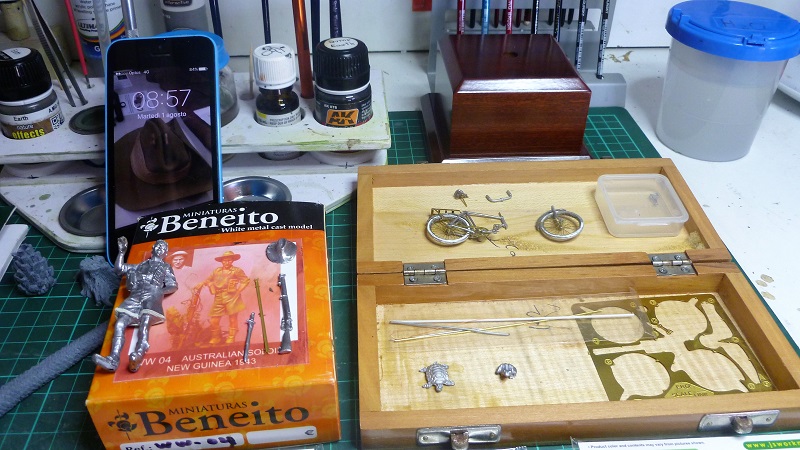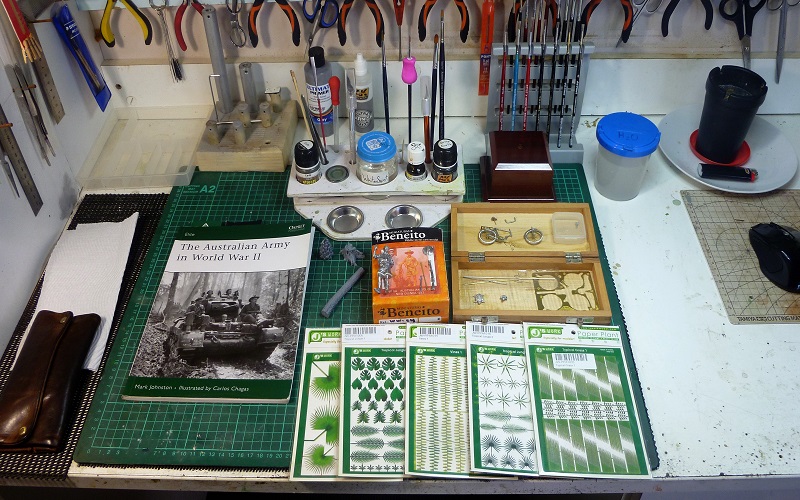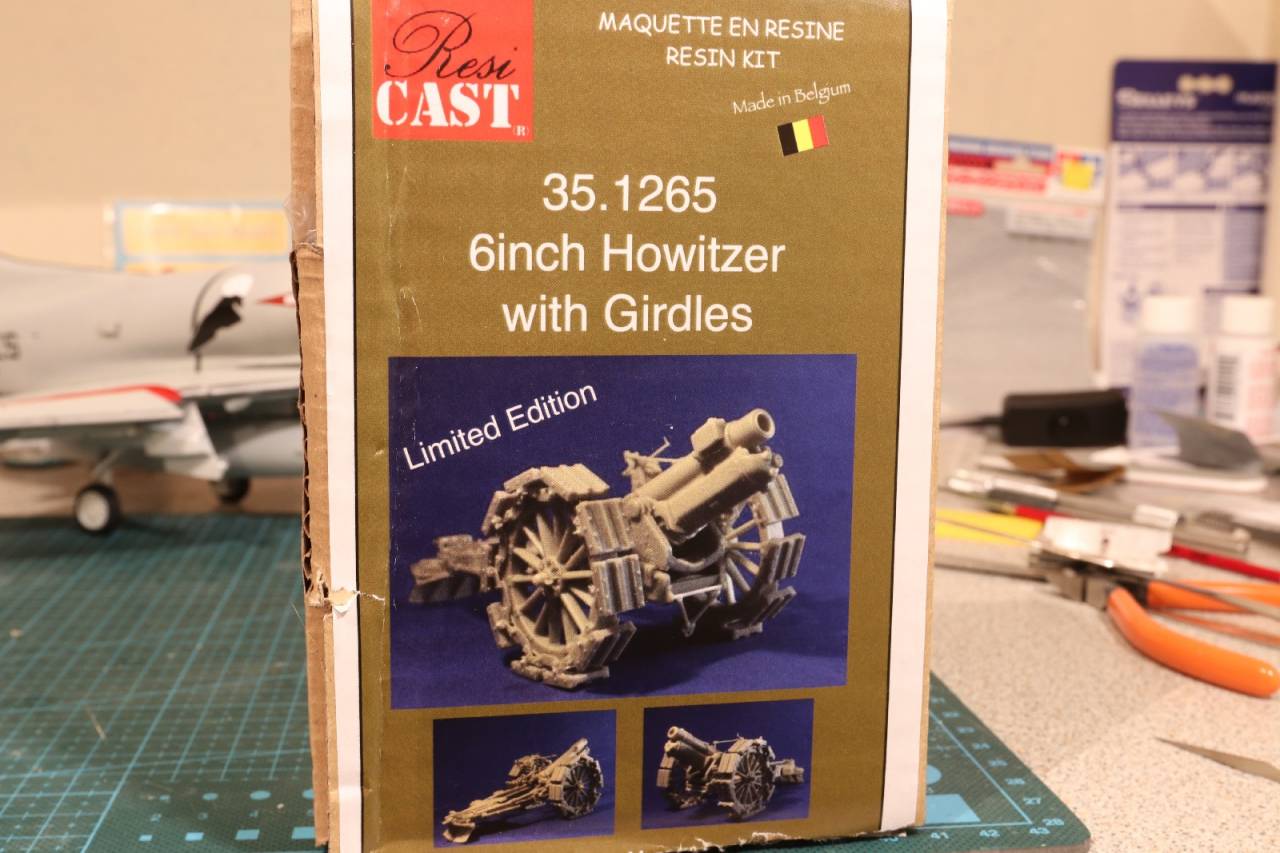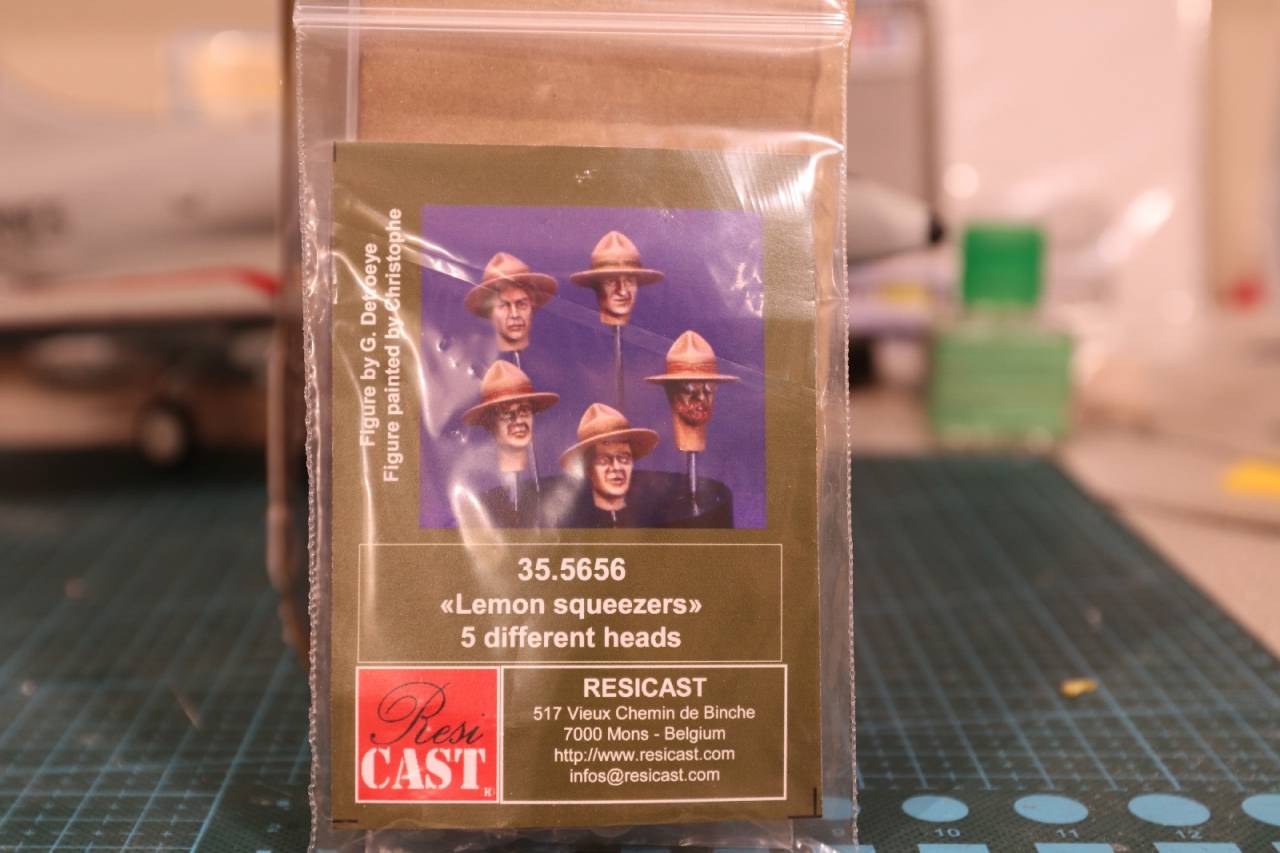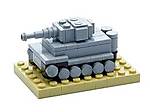Michael after a quick search I found this regarding the 6in howitzer
With the onset of World War 1 the need for a handier and more efficient howitzer than the 6-in 30-cwt soon made itself felt. Designers came up with the BL 6-in 26-cwt equipment, manufacture of which began in 1915. An example is shown in Fig. 1.
 bl61
bl61 by
Chris WIlson, on Flickr
Fig. 1: BL 6-in 26-cwt Howitzer Mk 1 on Mk 1 Carriage
The piece incorporated the latest technology; it was a combination of built-up construction and 'wire' winding, the latter being of steel riband 1/4 x 1/16-inch (6.36 x 1.59-mm) section. Rifling was polygroove plain section (PPS), of uniform twist, one turn in 15 calibres. The breech mechanism consisted of a Welin single-action screw with steep-coned obturator and a vertically acting lever breech mechanism (LBM), which speeded up opening and closing. See Fig. 2.
 bl62
bl62 by
Chris WIlson, on Flickr
Breech mechanism
Fig. 2: Breech mechanism for BL 5.5-in gun, which is virtually identical to that fitted to the BL 6-in howitzer.
The lock fitted is 'Lock PK'.
As with other early BL artillery equipments designed for use in the field, the howitzer was at first fired by 'T' friction tube, a method dating back to smooth-bore days. But tubes were so loose-fitting that the explosion of the propellant charge caused hot gas to leak back through the vent, causung severe erosion. A more efficient vent sealer had to be found.
Locks improvised from obsolete Martini-Enfield (ME) rifles were thereupon fitted and proved satisfactory as a temporary measure. They fired 'tubes vent sealing' which were simply .303-in cartridge cases suitably filled, and which effectively sealed the vent. Firing was by withdrawal of a pin by means of a lanyard. In due course ME locks were replaced by 'locks percussion H' (locks PH). A simple mechanism, its principal part was a striker withdrawn then released by a steel wedge attached to the firing lanyard. In turn it was replaced by 'lock PK' , more complicated but more easily operated. The changes to the firing system were the sole modifications made to the howitzer throughout its life, so satisfactory was its overall performance.
By the end of World War 1, 3633 howitzers had been made, not only for the British Army but also for allies and colonies including New Zealand. During the conflict the howitzer proved a thoroughly reliable piece, and consumed no fewer than 22,400,000 rounds of ammunition on the Western Front alone.
So yes the New Zealanders did use them and I'd guess they were used in France if you check the NZETC (New Zealand Electronic Text Center) you may be able to find exactly where?








